Digging Through the Archives: Bags & Luggage
Burton has been making bags since the beginning of the brand.
The need for unique bags and luggage came about as soon as people started traveling for snowboarding. We’re not just tossing some socks and old t shirts in a duffel bag… Well, actually, we are, but there’s more to it than that. Boots, boards, stinky first layers – where do you put it all? It quickly became clear to Burton designers that the typical backpack or suitcase wasn’t going to cut it. Spoiler alert! This led to Burton creating the first snowboard bag, among other firsts...
As the years passed and snowboarding spread throughout the world, quality travel bags became something that Burton just had to address. Of course, we found our own ways of putting creative spins on time-honored classics. Now Burton bags have grown far beyond the world of snowboarding, with travelers and adventurers of all walks of life putting them to work year-round. We dove into the Burton Archives to get a play-by-play understanding of Burton’s progression into the world of bags and luggage.

1987-1989 Backpack
The late ‘80s saw major developments throughout Burton’s product line as snowboarding transitioned out of the backyard and onto the mountain. Riders were becoming more prominent at ski resorts and venturing into the backcountry. The need for a bag that would carry all the essential items for a day on the mountain resulted in Burton’s first pack, and the first snowboard-specific pack in the world. It boasted an internal aluminum frame, a pull-out seat cushion, and one of the world’s first integrated snowboard-carry systems.
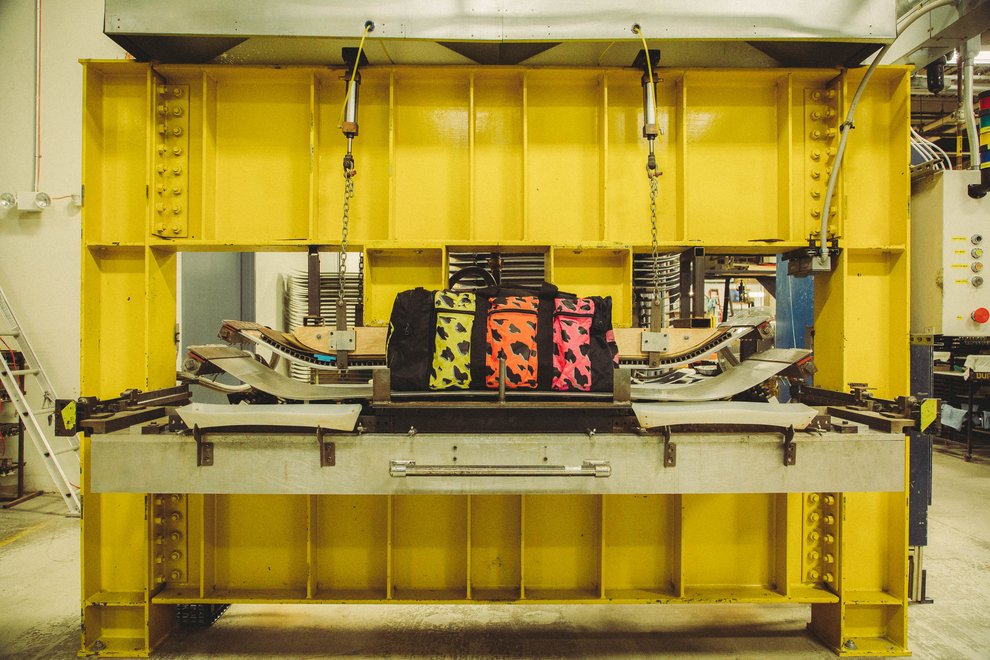
1989-1990 Team Bag
As snowboarding grew, so did Burton’s team and the need to travel. Thus, Burton made its first duffel bag. It sported the safari prints that defined Burton in the late ‘80s, and was as classically duffel as it gets. No frills, just lots of space for stuff. The bag shown (above) was Mark Heingartner’s, one of the original riders on the Burton Team who helped put snowboarding on the map.
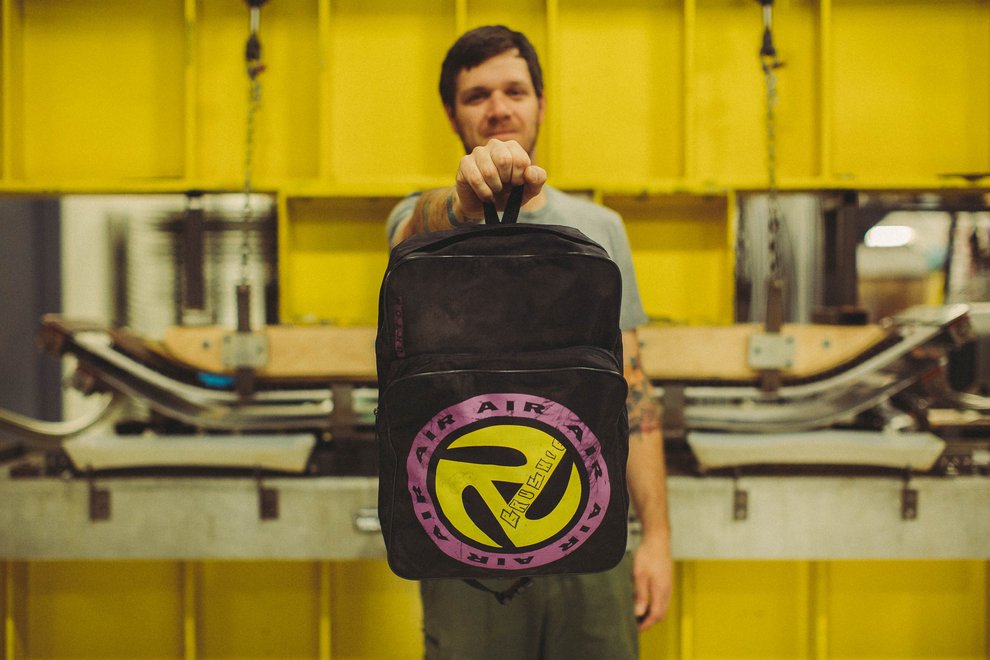
1992 Day Pack
By 1992, Burton offered a full lineup of boards, outerwear and bags. Not only was it an exciting time in terms of technology, but design became a major focus for many in the industry as graphic designers took more risks and strayed from traditional conventions. The Day Pack featured Burton’s signature Air Disc logo, which was plastered all over the ’92 line. This particular Day Pack (above) belonged to Burton pro and the 1992 World Halfpipe Champion, Jeff Brushie. As you can see, he couldn't help but personalize it.
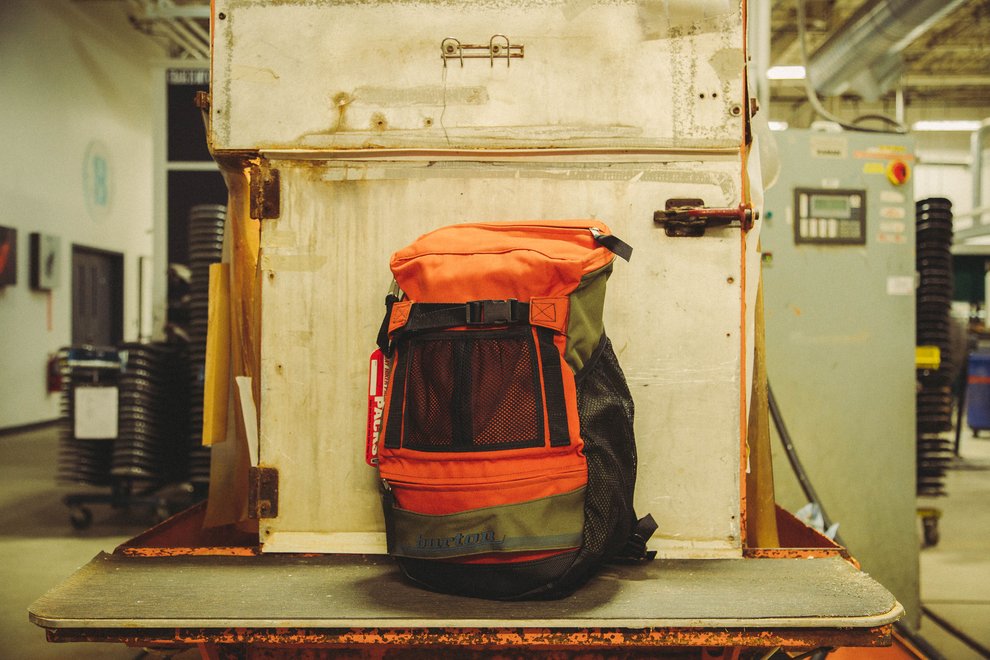
1995 Day Hiker
By 1995, the standard Burton backpack had really grown into its zippers. Seven years of testing and direct feedback from the team had given the developers all they needed to produce the ultimate pack for a day on the hill, around town, or in transit. Legends such as Craig Kelly, Terje Haakonsen, Jeff Brushie and Dave Downing put the Day Hiker to hard use traveling around the world. For its success, the Day Hiker became the blueprint for many packs to come, and remains a staple in the lineup.
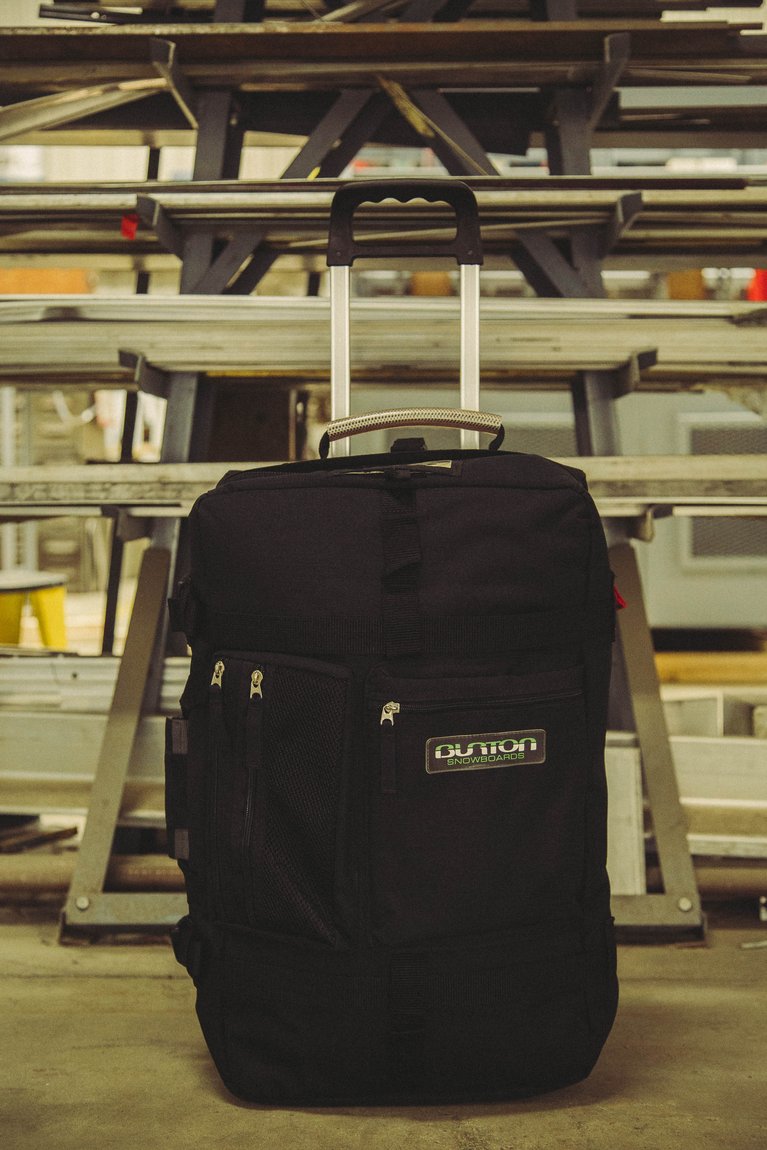
2000 Wheelie Flight Deck
Burton Bags took a turn in the year 2000. No longer sticking to the soft-bag-with-tons-of-straps formula, designers decided to step closer into the realm of pro-status travel bags. The colorways simplified. The pockets became a little more dynamic. They lessened the number of straps. However, the biggest innovation of all was the addition of the uber-functional telescoping handle to optimize rolling functionality.
2005 Wheelie Flight Deck (below)
Five years after Burton luggage graduated to the big leagues, we see the fully-featured Wheelie Flight Deck. A clean design is complemented by the first Burton-exclusive features, including what would soon after be dubbed the “CRAM™ Zone” – stretch zones around the interior zippers that allow you to over-pack without blowing out a zipper. This was also the first year that Burton started using a now signature feature: instead of regular wheels, we used skate wheels. Why? Because we can!
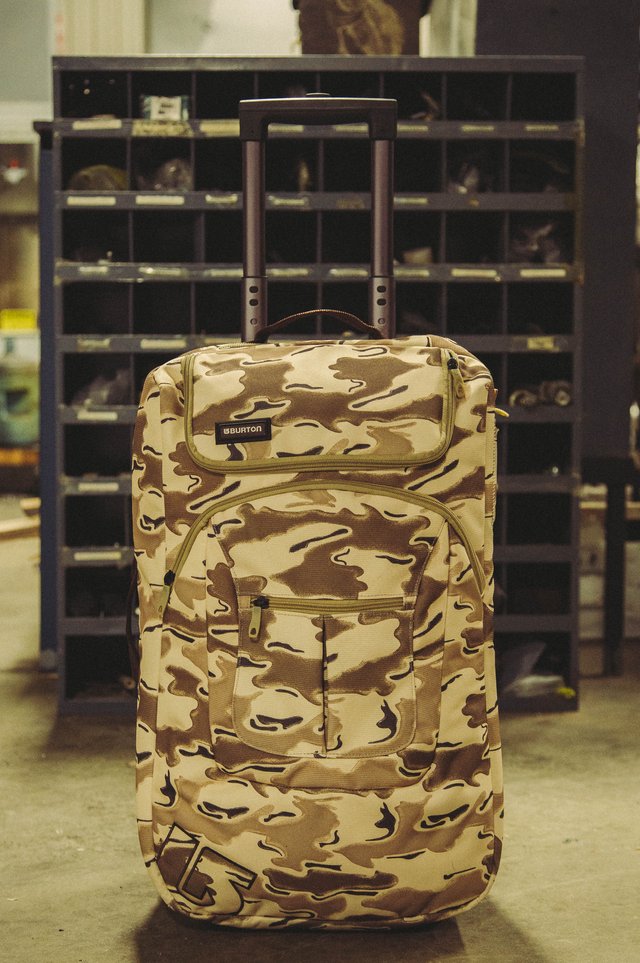

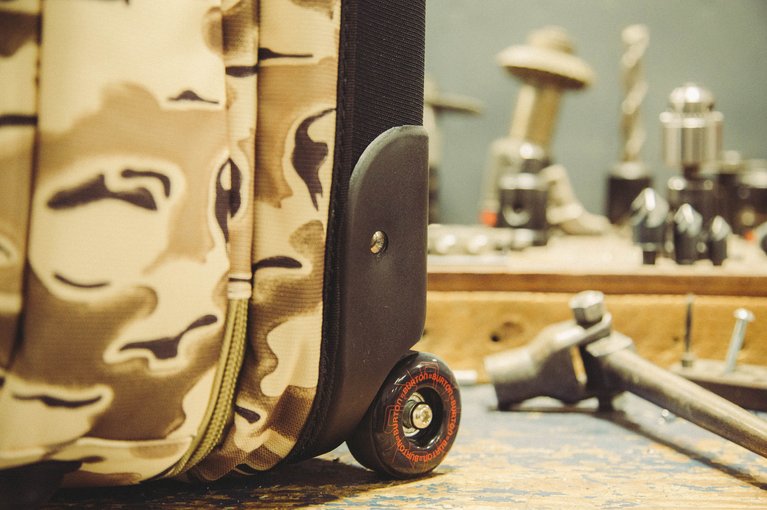

2016 Wheelie Flyer Travel Bag
Here we are, at the zenith of Burton bags design. After over 30 years of putting zippers on things, we’ve figured out how to craft the best bags for a wide range of uses. But simply having a bunch isn’t so spectacular, it’s the fact that each model has been perfected over decades of development through key designs like the Day Hiker, Wheelie Flight Deck, and the Team duffel bag. Each design has been tailor-fitted to be the ultimate in convenience, comfort and style and is now accompanied by a wider range of bags from tote bags and travel accessory bags to camera bags.
It’s all in the little details. The quick-hits, little logo placements, hidden pockets, and unique colorways are what makes the difference between any old pack and your pack. The next time you’re wandering the airport terminal and you spot someone with a Burton bag, give them a nod. After all, you’re both backed by a Lifetime Warranty, and that’s at least worth a fist bump. ∆